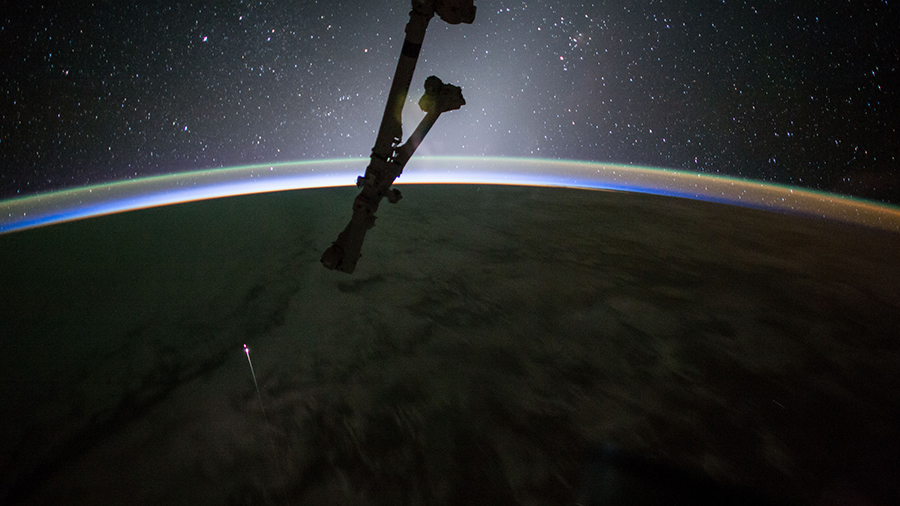SpaceX Launch Slips, Cygnus Leaving and BEAM Stay Extended

SpaceX has delayed the launch of its next Dragon resupply mission to the International Space Station to no earlier than Dec. 12. Back on orbit, the Cygnus cargo craft is getting ready to leave the orbital lab and an experimental module has its stay in space extended for at least another three years.
NASA and our commercial cargo provider SpaceX are targeting no earlier than Dec. 12 at 11:46 a.m. EST for their 13th commercial resupply services mission to the International Space Station. This new launch date takes into account pad readiness, requirements for science payloads, space station crew availability, and orbital mechanics. Carrying about 4,800 pounds of cargo including critical science and research, the Dragon spacecraft will spend a month attached to the space station.
The Cygnus cargo craft from Orbital ATK is leaving the station tomorrow after 22 days at the orbital lab. Astronauts Randy Bresnik, Mark Vande Hei and Joe Acaba closed its hatches today and disconnected its station power systems.
Ground controllers uninstalled Cygnus from the Unity module Tuesday morning with the Canadarm2 and are conducting a series of communications tests to assist NASA’s Commercial Crew Program. Next, Vande Hei and Acaba will command the Canadarm2 to release Cygnus back into Earth orbit tomorrow at 8:10 a.m. EST where it will stay until Dec. 18.
BEAM, formally known as the Bigelow Expandable Activity Module, is staying attached to the station for another three years with a potential to stay an extra year after that. While BEAM transitions to its new role as a cargo hold, engineers will continue studying its ability to resist radiation, space debris and microbes. Bigelow Aerospace and NASA signed the contract extension in November to continue demonstrating the reliability of expandable habitat technologies in space.
























